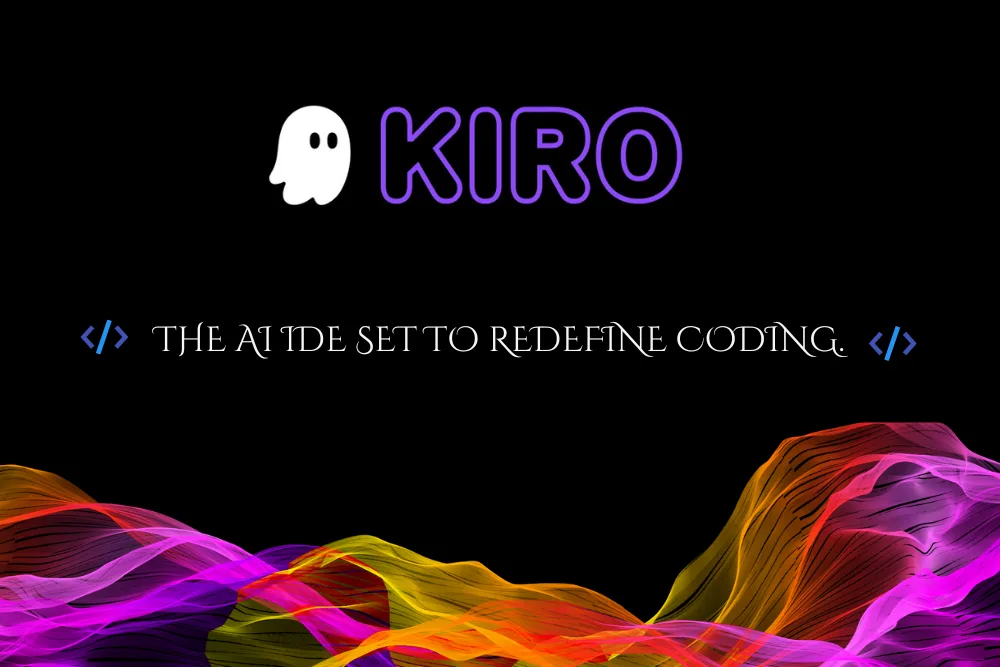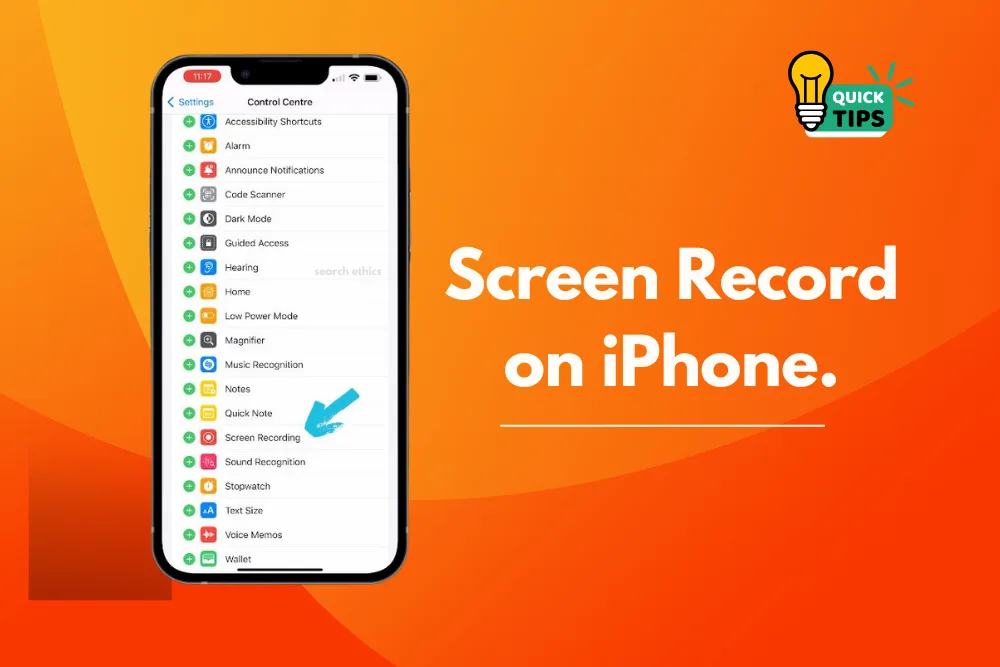Now Reading: Amazon’s New Kiro IDE Is Redefining Vibe Coding
-
01
Amazon’s New Kiro IDE Is Redefining Vibe Coding
Amazon’s New Kiro IDE Is Redefining Vibe Coding

Amazon introduced Kiro, a brand-new AI-powered IDE designed to revolutionize coding. This tool is built as a VS Code fork but promises to outshine competitors like Cursor, Windsor, Firebase Studio, and even GitHub Copilot. Backed by CloudSonic 4.0 and a unique spec-driven development approach, Kiro aims to deliver a smarter and more structured coding experience—and for now, it’s completely free to use.
What Makes Kiro Different?
Unlike most AI-powered IDEs that focus on speed and instant code generation, Kiro encourages thoughtful software development. Its core concept is spec-driven development, which means you start by defining requirements and design documentation before generating code. This process reduces errors and promotes maintainable, enterprise-grade solutions.
Here’s how it works:
-
Step 1: Create a requirements.md file that includes user stories and acceptance criteria.
-
Step 2: Draft a design document detailing component structure, error handling, and testing strategies.
-
Step 3: Kiro combines these into an implementation plan, outlining tasks and generating code step-by-step.
This structured flow may feel slower compared to instant coding tools, but it’s ideal for serious projects and team collaboration where consistent quality matters.
Powered by Anthropic’s Claude 4 Sonnet
Kiro runs on Claude 4 Sonnet, one of the most advanced AI language models developed by Anthropic. If you’re used to throwing messy code snippets at an LLM and hoping for the best, Kiro changes the game. It acts like a senior engineer with an AI brain, turning vague prompts into:
-
User stories
-
API plans
-
Database schema
-
Edge case coverage
-
Unit tests and accessibility checks
Simply put, Kiro doesn’t just write code; it creates production-ready solutions.
How Does It Compare to Cursor and Copilot?
Competitors like Cursor and Copilot have been dominating the AI IDE market, but they focus on speed and creativity. While great for rapid prototyping, this often leads to messy codebases that require heavy refactoring later.
Kiro, on the other hand:
-
Promotes structured planning
-
Includes built-in quality checks
-
Targets enterprise developers
-
Currently offers Claude integration for free, making it an attractive option for anyone considering premium tools.
Why Is Amazon Doing This?
Amazon has invested billions into AI companies like Anthropic, and now it’s leveraging those partnerships to pull developers into its ecosystem. With tools like Kiro, Amazon is challenging Google, Microsoft, and startups like Cursor for developer mindshare—and ultimately, control of the future of software development.
Is Kiro Worth Trying?
Absolutely. Right now, Kiro is free, and although the early release feels slightly slower and lacks some small features like chat checkpoints, it’s a promising step toward a more organized, scalable, and enterprise-friendly coding experience. If you’re serious about building reliable applications with AI, Kiro is worth your attention.
Final Thoughts
We’re entering a new era where AI-assisted coding tools compete fiercely for developer adoption. From Google acquiring Windsor talent for billions to Anthropic’s explosive growth with Claude, the race is on. Amazon Kiro isn’t just another VS Code fork—it might redefine how we approach AI-driven software development.
Also learn more about Google Gemini CLI
Dony Garvasis is the founder of Search Ethics, a platform dedicated to transparency, authenticity, and ethical digital practices. With over six years of experience in SEO and digital marketing, I provide expert content on automobiles, technology, gadgets, and online strategies. My mission is simple: Ethical Search, Genuine Results—ensuring users worldwide receive credible, useful, and up-to-date content.










